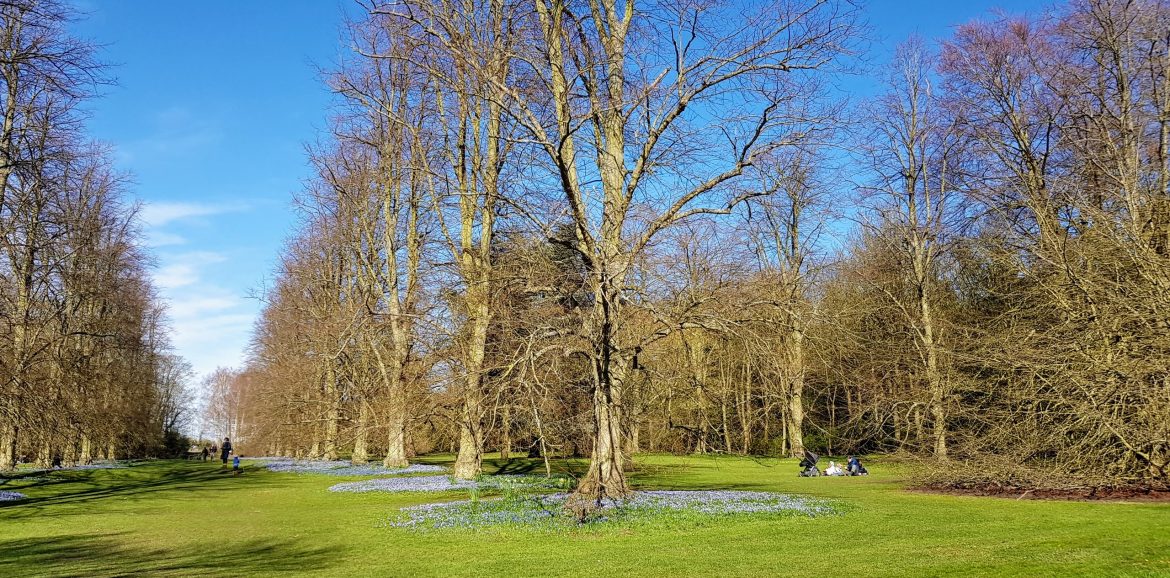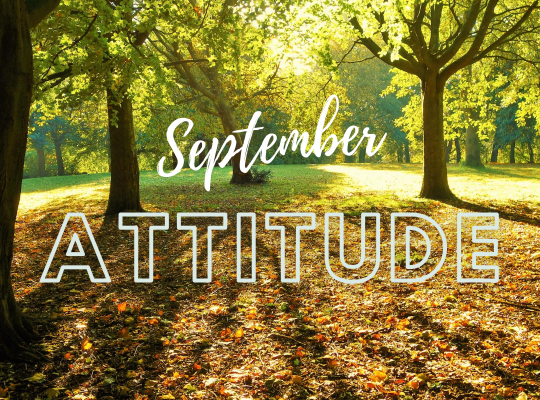“A walk in the woods walks the soul back home” – Mary Davis
On the first Saturday of the 2020 COVID-19 social distancing in the UK, the National Trust generously opened their gardens to the general public. The sunny weekend prompted me and my family to join the many visitors to take advantage of this generous offer. From inside the welcome booths, protected by glass, I could see the staff pressing their clickers with every visitor streaming in through the gates. By Sunday morning the decision was made to close the National Trust Gardens, as the vast influx of people did not allow safe social distancing that was needed to stop the spread of the virus.
I expect that, like so many other people, I wanted to go to nature to experience a sense of calm when it felt like the world was becoming increasingly unstable. Not for all the exercise benefits of covering the great space on foot, or to see the beautiful wonders of early spring. No, I knew that being outdoors would help me feel more normal in a time when everything started to feel very abnormal!
It turns out that there are three different issues at stake here:
- The benefits of exercise
- The benefits of spending time outdoors
- The benefits of doing exercise outdoors (or green exercise)
The benefits of exercise
The benefits of exercise are well documented. The World Health Organization recommends 150 minutes per week of exercise for adults to promote good physical and mental health. The mental health benefits not only have to do with the reduction of anxiety, but a 2018 meta-analysis study has shown that exercise alone can lower the risk of getting depression with 20% and decrease symptoms of depression.
The benefits of spending time outdoors
In Britain the population generally spend on average 90% of their time indoors. Being indoors is a space that is sensory challenging for the human being, with sounds echoing of walls, light bouncing back and overstimulation from trapped smells. Contrast this with outdoors where sound travels, light falls and smells drift, one can appreciate that being outdoors is much less stressful on our senses than being indoors.
One of the fastest ways to improve your mental and physical health is by spending time outdoors, especially in green spaces. Studies have shown it can lower the presence of cortisol, the stress hormone, in the blood. It also can lower blood pressure and heart rate. Some doctors around the world are even giving “nature prescriptions” – from the Shetland Islands to New Zealand.
Being in nature does not mean you have to do anything else than sit on a park bench to enjoy the benefits according to a study in Birmingham, Alabama.
The benefits of doing exercise outdoors (or green exercise)
Green exercise is the term used for exercising in nature. Green exercise has proved to greatly improve the self-esteem and mood of those doing it. Researchers even concluded that the environment provides an important health service.
Exercising outdoors also have the benefits that people tend to do more exercise than they would do inside, and it feels more like fun!
Now do it:
How long do we have to be outside to feel the benefits?
Research suggests two hours per week to be sufficient.
What to do when you can’t go outside?
- To combat the effect of sensory overstimulation – switch off all screens and lights, open curtains and stand by a window or an open door and try and observe all five your senses.
- Staring at a picture of a soothing countryside or listening to recordings of nature noises can also be soothing.
- Exercise when you can and how you can – stretching, sweating or swaying, all movement has benefits!






